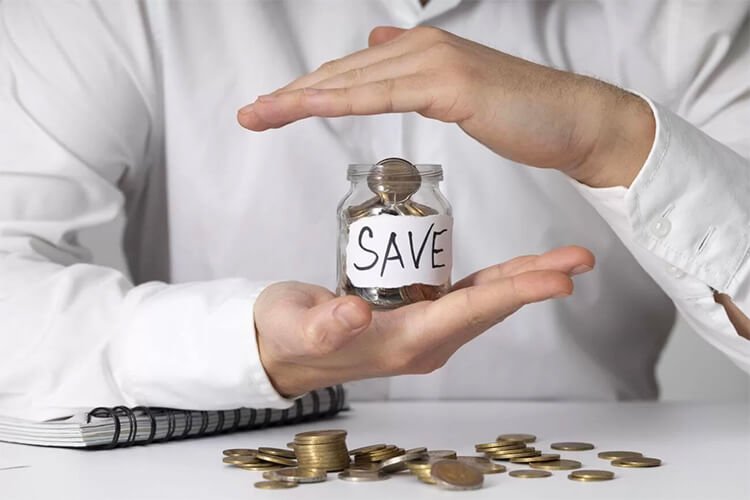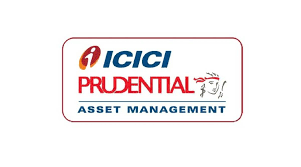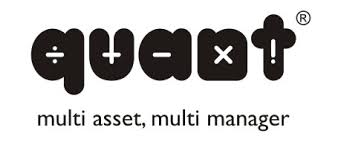
Building an Emergency Fund: Your Financial Safety Net in Uncertain Times
The years that went by are the ones that taught us to remember that life is unpredictable. The COVID-19 pandemic has been an awful thing for the whole world. The economy was shaken, and a lot of people were left unemployed. The presence of a cash reserve can not only provide peace of mind but also chaos if conditions are really bad. This blog post is about why it is necessary to have an emergency fund. It shows you how to calculate how much you need. It also gives an overview of the safe storage facilities of this crucial financial buffer.
Why an Emergency Fund is Essential
Life is a set of planned and spontaneous happenings. There are goals that we have set for ourselves, such as buying a home and funding our schooling. But things that are unanticipated can be the ones that impact our budgets most. One way of protecting one’s financial stability is to create an emergency fund, which will be their safety cushion. That way, they can stay cool when something unexpected happens.
This pandemic is a case in point. Those who had emergency funds were better prepared for sudden lockdowns and were able to cover up the loss of a job or sudden medical emergencies. In contrast, those who did not have reserves were under a lot of pressure, and so they usually used credit cards and high-interest loans in order to survive.
An emergency fund is not only about you living through the predicaments. It is to stave off other financial troubles. When you don’t have one, you may possibly have to get into a high-debt situation, which may even make your financial conditions even worse. On the other hand, the An emergency fund is your coverage of critical expenses without sliding into debt.
How Much Should You Save in an Emergency Fund?
Your financial situation will determine the emergency fund that is best for you. All people have a different list of paying way taxes, paying bills, and living with other dependents because everyone has a different kind of life and family they belong to thus, the exact number will change from person to person.
To get started, find out what your crucial monthly costs are. These costs are the lease or mortgage, loan installments, utilities, groceries, transportation, and various stuff that you must pay for no matter what. It is very necessary that you do not count the most essential expenses, such as dining out, entertainment, and vacations, in this calculation. Your emergency fund must cover the needs, not the luxury.
When you are really clear about the expenses of the month, then plan to save at least three to six times the cost of the basic expenses. And this means if your essential expenses will come up to Rs. 8,000 per month, then your emergency fund should be ideally between Rs. 10,000 and Rs. 12,000. As regards the current global uncertainties, it is recommended to go to the upper limit of this range to ensure that you are totally prepared against the odds that might come.
Where to Keep Your Emergency Fund?
When deciding how much to channel into your emergency fund, where you want to park it is next. The first and foremost thing with an emergency fund is that you have the liquidity you can take it out of quickly when it is required. A harmonious support structure with easy access to funds and a deserving interest rate is a regular savings account.
Nevertheless, you might not need to touch an emergency fund often, as it will be the buffer against the sudden expenses that you did not plan for. You can use part of your investment for exploitive, high-return, liquid financial instruments, which can greatly contribute to your portfolio.
On the other hand, a liquid mutual fund could be one, and you can consider this. These funds are those that invest in short-term, high-quality debt securities, such as Treasury bills, government securities, and corporate bonds. They offer higher returns than a savings account with low risk. Additionally, these funds are more liquid, as you are usually able to redeem your investment and get the money in a few days. Through the liquid fund, emergency funds can be kept, whose current average returns are 6% to 8%, and that’s what is mostly used.
To accelerate the accumulation of your emergency fund, you may also select a debt mutual fund. These funds feature less uncertainty and possess the potential to deliver higher returns, thus being efficient in helping you grow your emergency fund in the long run. A debt mutual fund is an option (SIP) that you can run for a debt mutual fund. That is, it lets you put a fixed amount of money into it regularly. This saves automatically and it makes you collect money to reach your target sooner. At the same time, you are encouraged to use any windfalls, such as annual bonuses, to increase your emergency savings. These will make your financial cushion grow faster.
The Process of Creating an Emergency Fund: From the Beginning to the End
Having an emergency fund can be a difficult thing for some people, especially if they are not very good at saving. However, with the help of the structured approach, your nest egg will grow over time and you’ll become financially stable. The following is a guide to help you start the process:
Evaluate Your Monthly Expenses
To start, write down all the things you can never do without. For instance, rent, utilities, groceries, transportation, insurance premiums, and any other non-negotiable costs. Be clear about the items that are important to you as well as non-negotiable items.
Fix a Target Sum
Personalize your emergency fund goal by checking the amount of money you use in a month to evaluate how much you should save in three to six months to cover it. The above is your fund target.
Develop a Savings Plan
You should smash down your target amount into smaller bits that you can cope with. To make it clear, let’s say that you have set yourself a goal of saving $12,000 over a two-year period, which means you have to save $500 each month. Automate the process by which your money is put from your checking account to the emergency fund every month automatically.
Choose a Suitable Savings Vehicle
First, you must decide on where to put your emergency fund. A good option is to settle on a high-interest savings account and liquidity of mutual funds, allowing you to dip in and out while ensuring the desired returns. By putting a share of your money into the two different places according to your own views on risk and liquidity, you can gain access if needed and increase your investment returns.
Initiate
By using a debt mutual fund or systematic plan, you can profit from them if you give a bit more to the lender. Those tools can greatly increase your emergency fund in a shorter period and help keep the risk small.
Create Flexibility
Check through the emergency funds regularly in order to match the amount of your financial need. You may need to either increase your savings goal or do the redistribution of the specified funds as your income, expenses, or lifestyle change.
You should be disciplined and stick to the plan. Having an emergency fund in place is not a one-step solution. Savings demand sticking to your plan by avoiding other non-emergency uses. On top of this, you should concentrate on your goal of financial security.
Conclusion: The Foundation of Financial Stability
Financial independence is often the main focus of much financial planning today, though being retired at a young age is the main intent of many people. However, all these efforts will not bear fruit if they are not carefully and strategically invested. An emergency fund is first on the list. It is a sort of security. It’s the best thing, it will help you withstand the crises in your budget and have a clean slate, so to speak, when focusing on your long-term desires.
An emergency fund might seem a luxury to many when the spell is smooth and clear. Yet, as the world has seen with COVID-19, a single disease outbreak can hit anyone at any moment. A well-structured emergency fund will create some peace of mind for your family along with a buffer against the shock of unexpected costs. Entry to more peaceful relations should soon follow. The fund will let you reach for your financial goals.
Now is the time if you haven’t started. This can be the year that you decide to live on solid ground instead of always worrying about your financial future. Establish a trust fund to safeguard for tomorrow.











